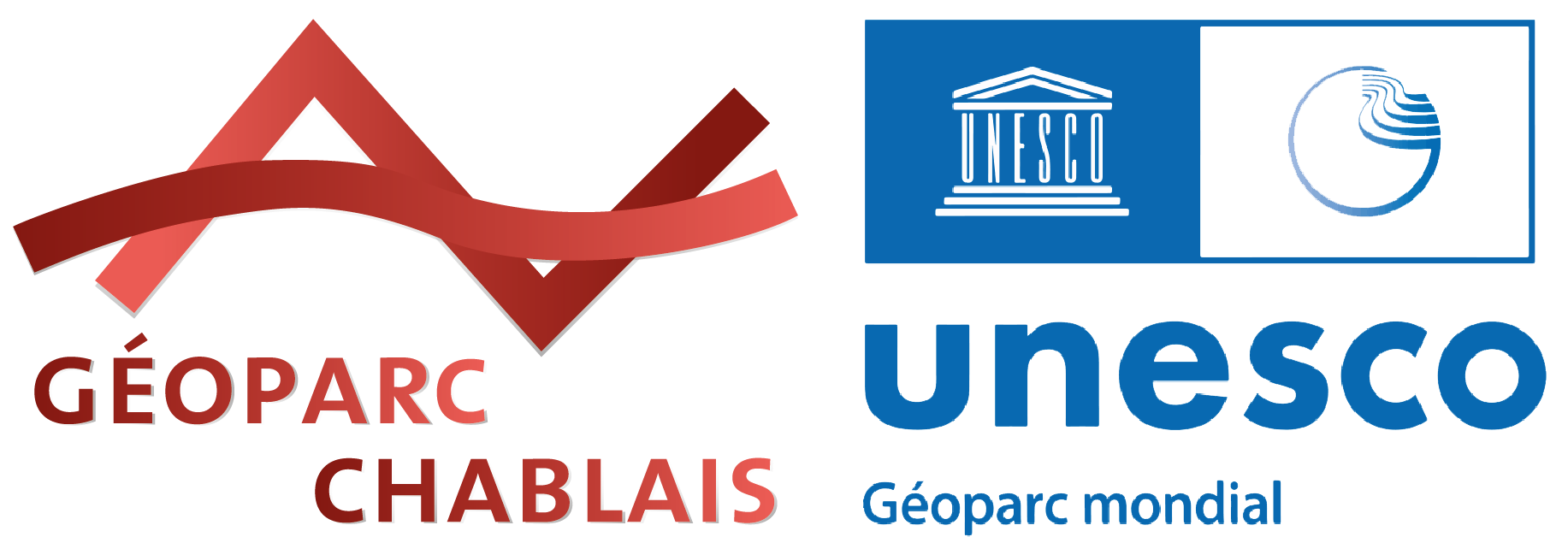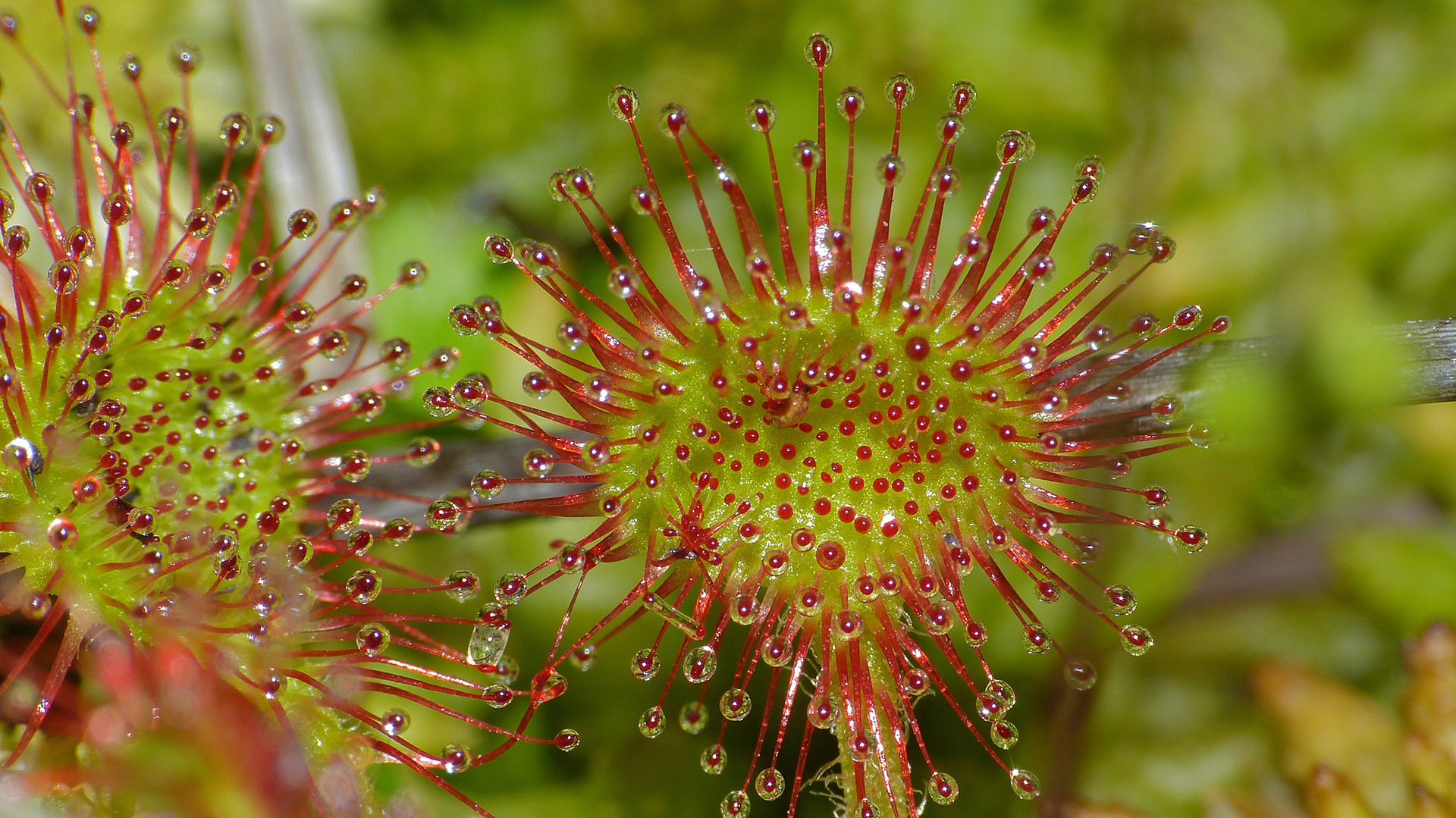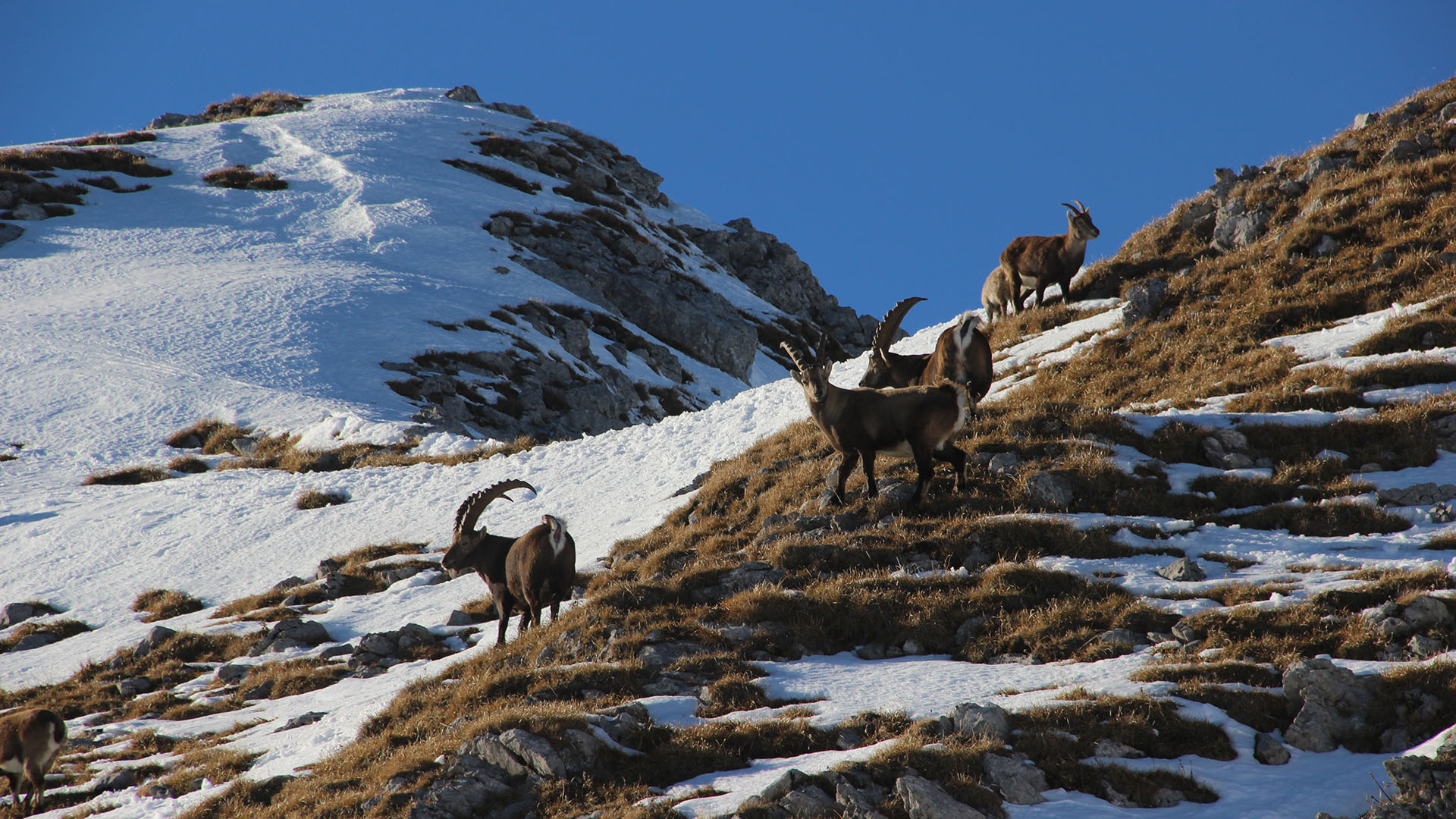The Chablais region’s identity has been shaped over millennia by both geological forces and human activities. Its exceptional geological, cultural, and human heritage was recognised by UNESCO through the Global Geopark designation.
The Chablais
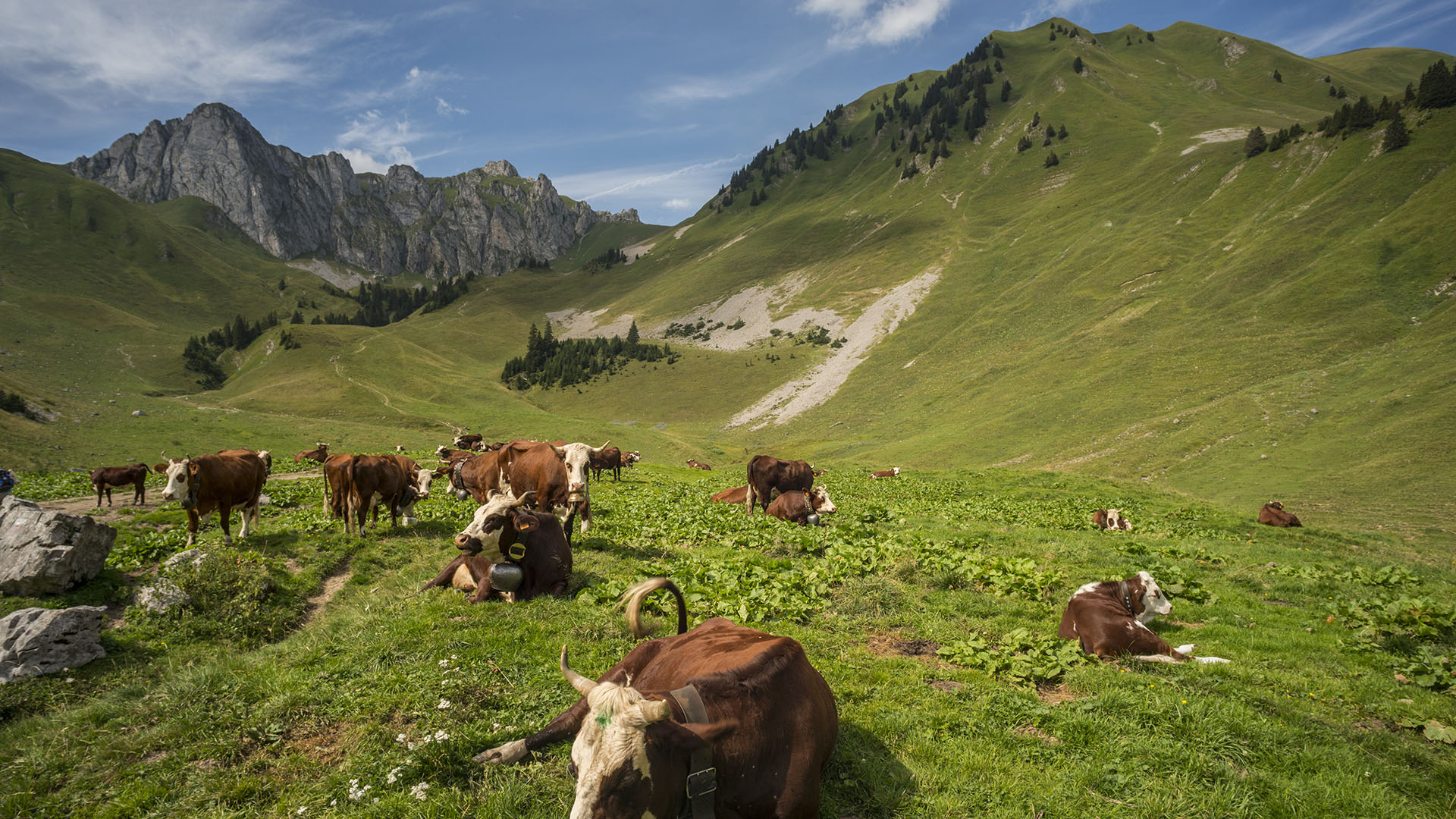
The Chablais UNESCO Global Geopark is located in France’s Haute-Savoie Department, between Lake Geneva and the Mont Blanc. It has over 62 towns and covers nearly 900 km², with 140,000 inhabitants.
This remarkable natural area permeates the lives and culture of its inhabitants and many visitors. Traditional constructions, various uses of the mountains, life in the alpine pastures, stories and legends, and the richness of the mineral waters in Thonon and Evian are all examples of the strong connections between humans and nature.
The geological heritage of the Chablais Geopark can be explored through two main themes: the history of the Alps’ formation and the Quaternary glaciation.
The history of humans in the Chablais
The Chablais is located in the heart of Europe and is blessed with abundant natural resources. The name Chablais (caput iaci or caput lago in Latin, meaning “the head of the lake”) now designates an area on the Franco-Swiss border.
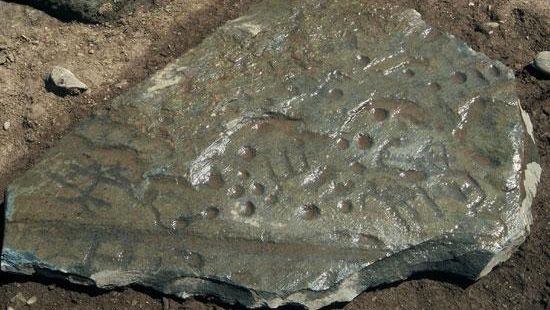
Cup-markes stone
Because of its location in the northern hemisphere bordering the Alps, the Chablais experienced periods of major glaciation in the last 2.6 million years. Humans first appeared during the last glacial retreat 12,000 years ago. Though archaeological archives are incomplete, important remains of many sophisticated communities have been discovered in the area. For example, the exceptionally well-preserved Tougues site (in the town of Chens-sur-Léman) was inscribed as a World Heritage Site on the list of “Prehistoric Pile Dwellings around the Alps”.
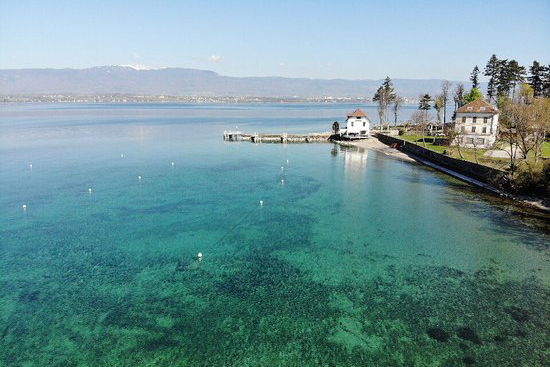
Natural heritage: a reserve for biodiversity
A variety of rare flora and fauna can be found in the Chablais’ different habitats: its high mountains, wetlands, lakes, meadows, coastal reeds, and the peaceful Dranse delta.
This natural heritage is protected by many labels and conservation measures: Natura 2000 sites, French National Nature Reserve, Ramsar sites, listed sites, etc.
Human heritage in the heart of the Chablais
The Chablais’ intangible heritage includes traditional villages, religious customs, authentic local dishes, and a unique dialect.
Here are some examples of these traditions and heritage :
Cheese
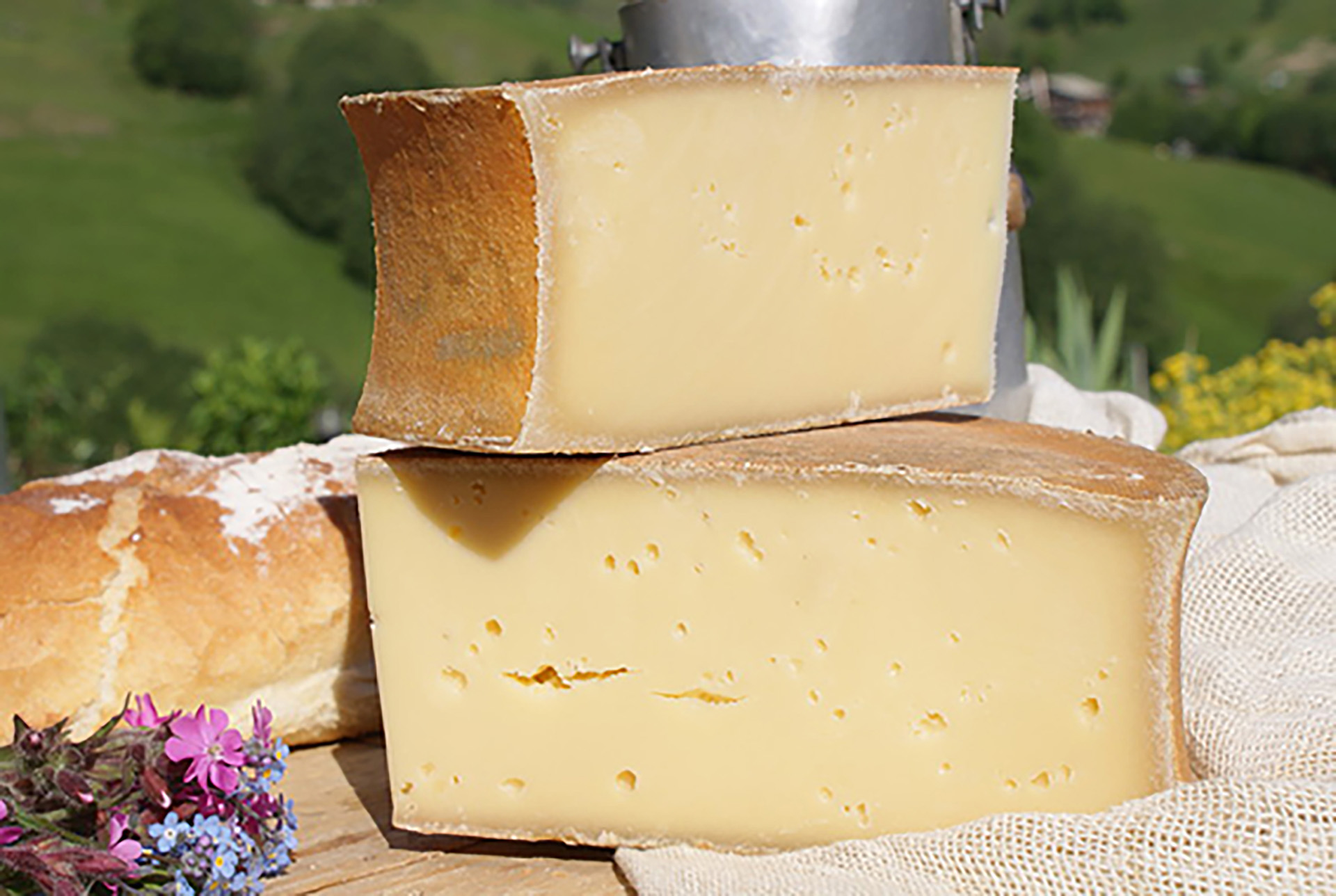
Three types of cheese have obtained Protected Designation of Origin (PDO) status: Abondance, Reblochon, and Chevrotin.
Traditional agriculture continues today in the high mountain pastures, and part of this landscape has been protected thanks to human stewardship of the environment.
Wine
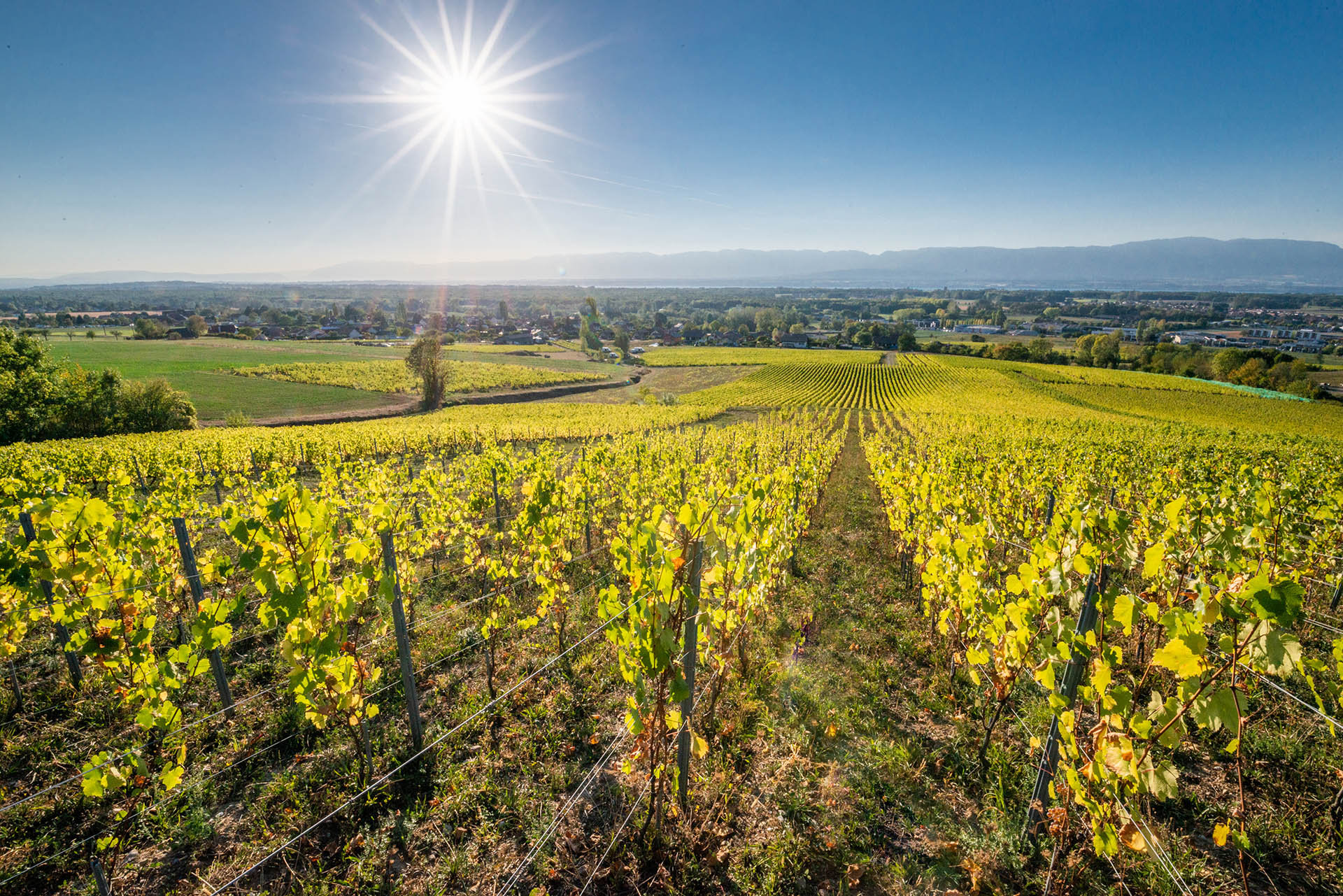
The Chablais has four PDO wines: Crépy, Marignan, Marin, and Ripaille. Though these wines are all made with the same grape variety, Chasselas, they reveal differences in each vineyard’s soil and wine-making practices.
Wine production in the Chablais developed over the past few centuries but has become an exclusively professional activity in the past few decades.
Fishing
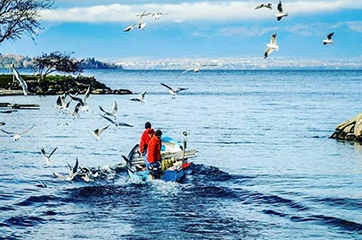
For thousands of years, people have fished perch, pike, European whitefish, Arctic char and trout in Lake Geneva and the Chablais’ rivers. More than 50 fishing professionals now work in the Chablais.
Sport
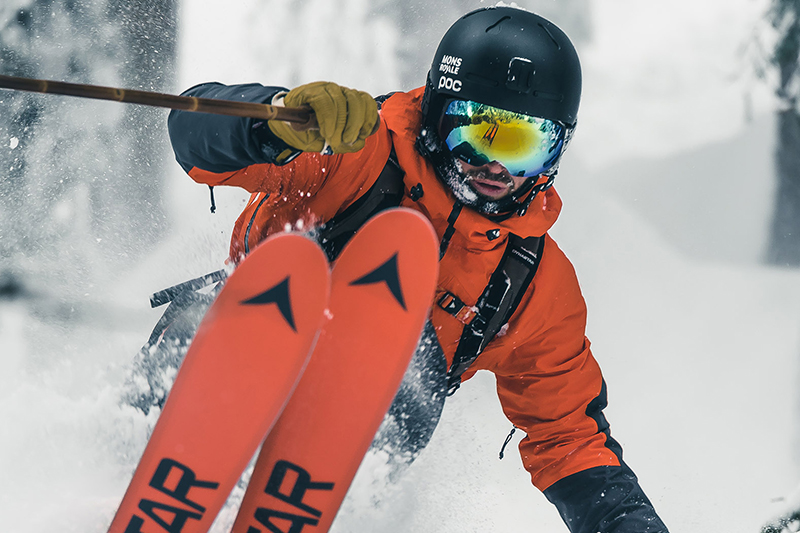
Though the first ski clubs in the Haut Chablais emerged in the 1900s, it was only after WWII that ski lifts were widely installed, creating a network of world-class ski resorts.
In the summer, walking and mountain biking are very popular, as are water sports such as sailing and kite surfing on Lake Geneva, or canyoning and rafting on the River Dranse.
Literature
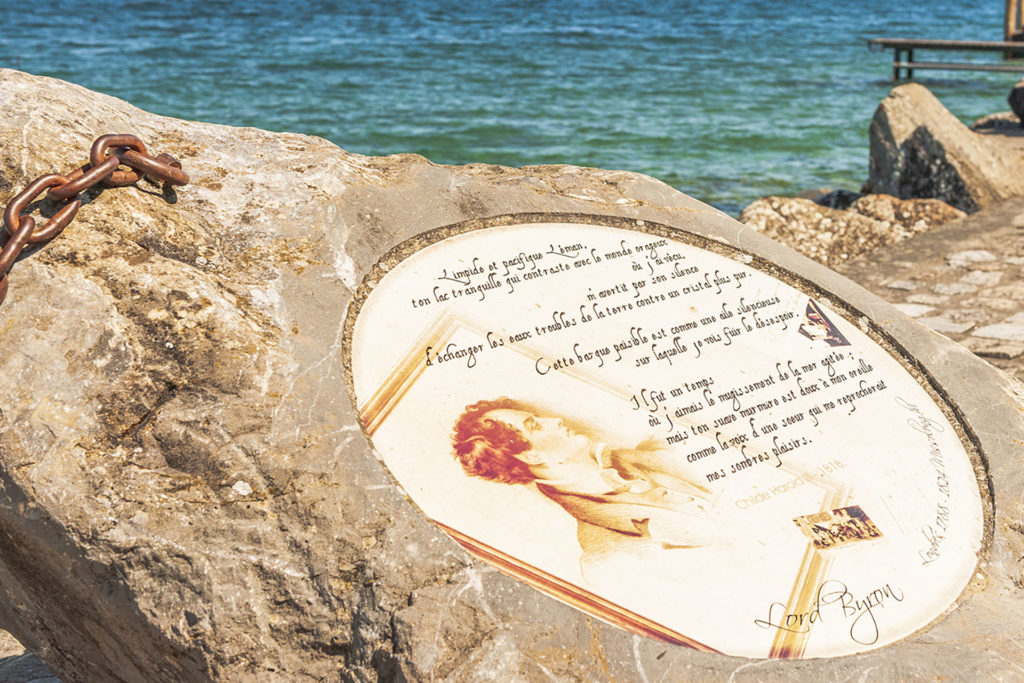
Many writers and poets — including Mary Shelly, Lord Byron, Jean-Jacques Rousseau, Victor Hugo, Alphonse de Lamartine, Voltaire, and Jean Cocteau —have been inspired by the Chablais’ unique environment.
Boat with lateen sails
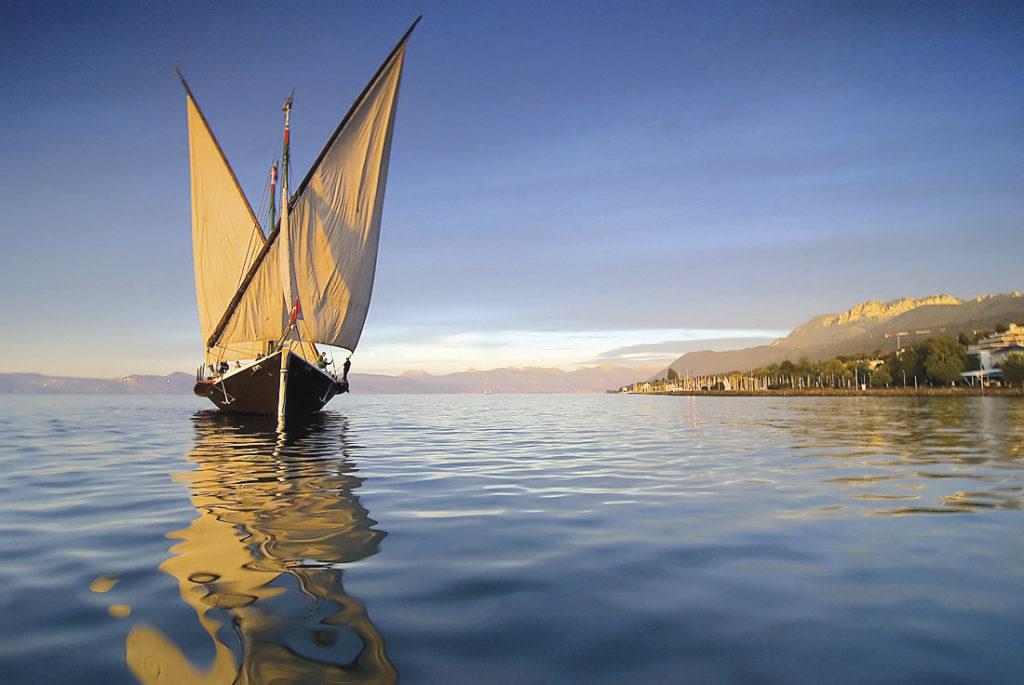
These boats propelled by lateen sails are designed for lakes. Until the beginning of the 20th century, they were used to transport heavy raw materials, particularly dressed stone from the Meillerie quarry in Haute-Savoie. Boats brought these construction materials to various ports on the lake, particularly Geneva in Switzerland.
Hydrogeological
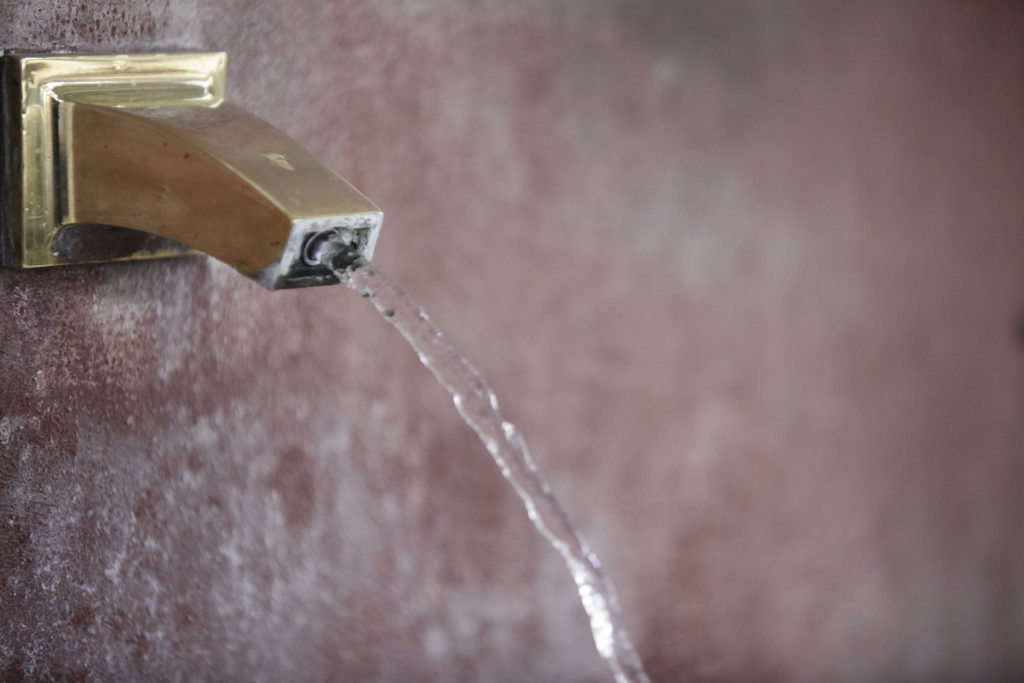
- Evian© water comes from a hydrogeological site forged over 50,000 years. Starting in the Gavot Plateau, the water infiltrates and travels through sand and gravel at a speed of 300 m per year. It takes more than 50 years to emerge at the source.
- Thonon© water has been renowned since Roman times. The water infiltrates into the Monts d’Hermone and travels for 3 to 4 years before reaching the Versoie catchment.
La route des grandes Alpes
This historic route starts in the Chablais, in Thonon, and goes all the way to Nice. It was designed in the early 18th century to improve connections between the French Alpine valleys.
It was on the strength of these exceptional resources that the Chablais region decided to submit an application to UNESCO and the Global Geoparks Network (GGN), obtaining the Global Geopark label in 2012.
